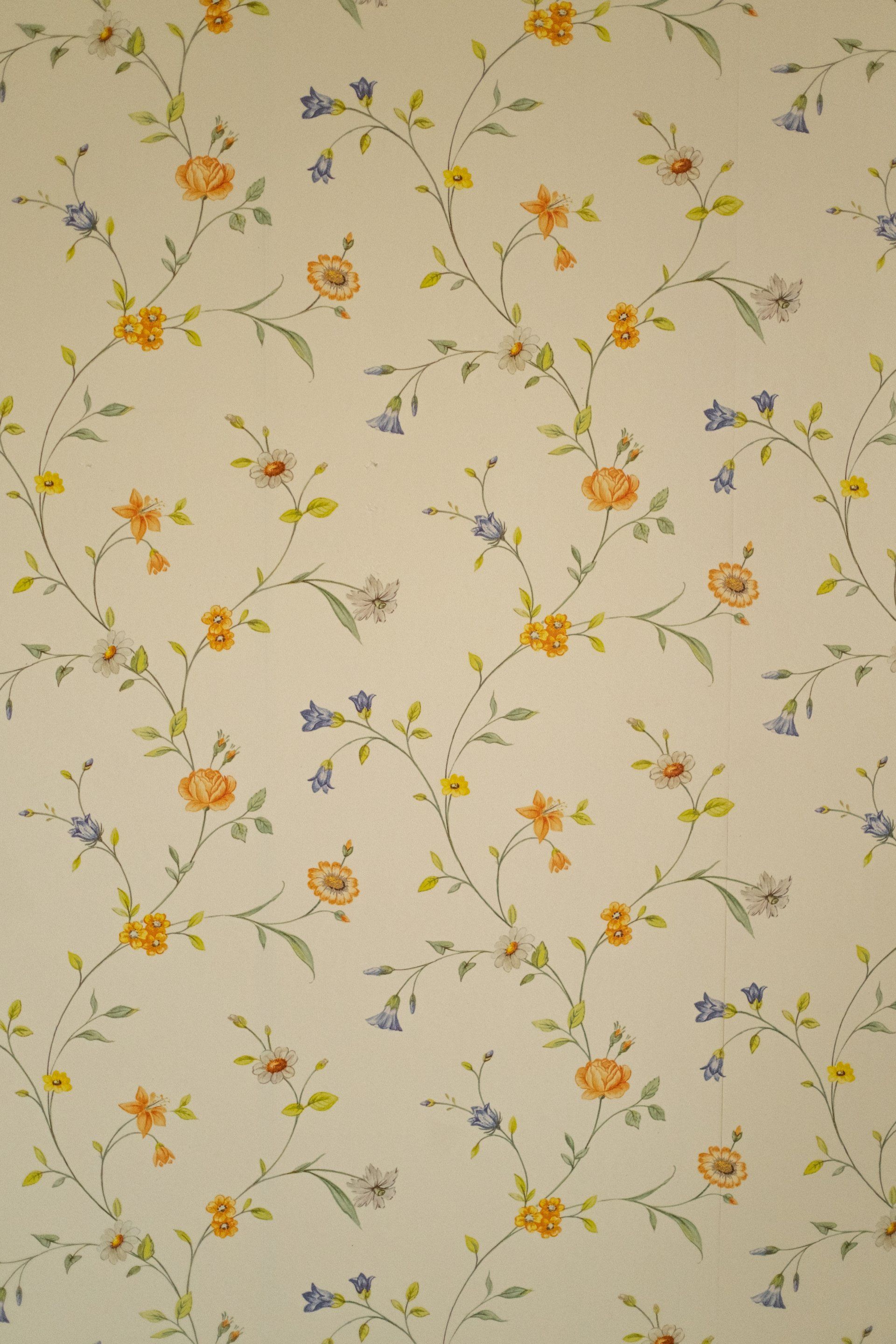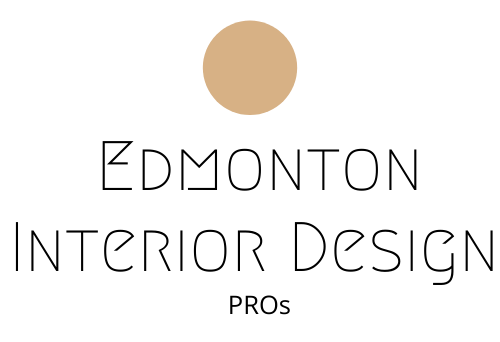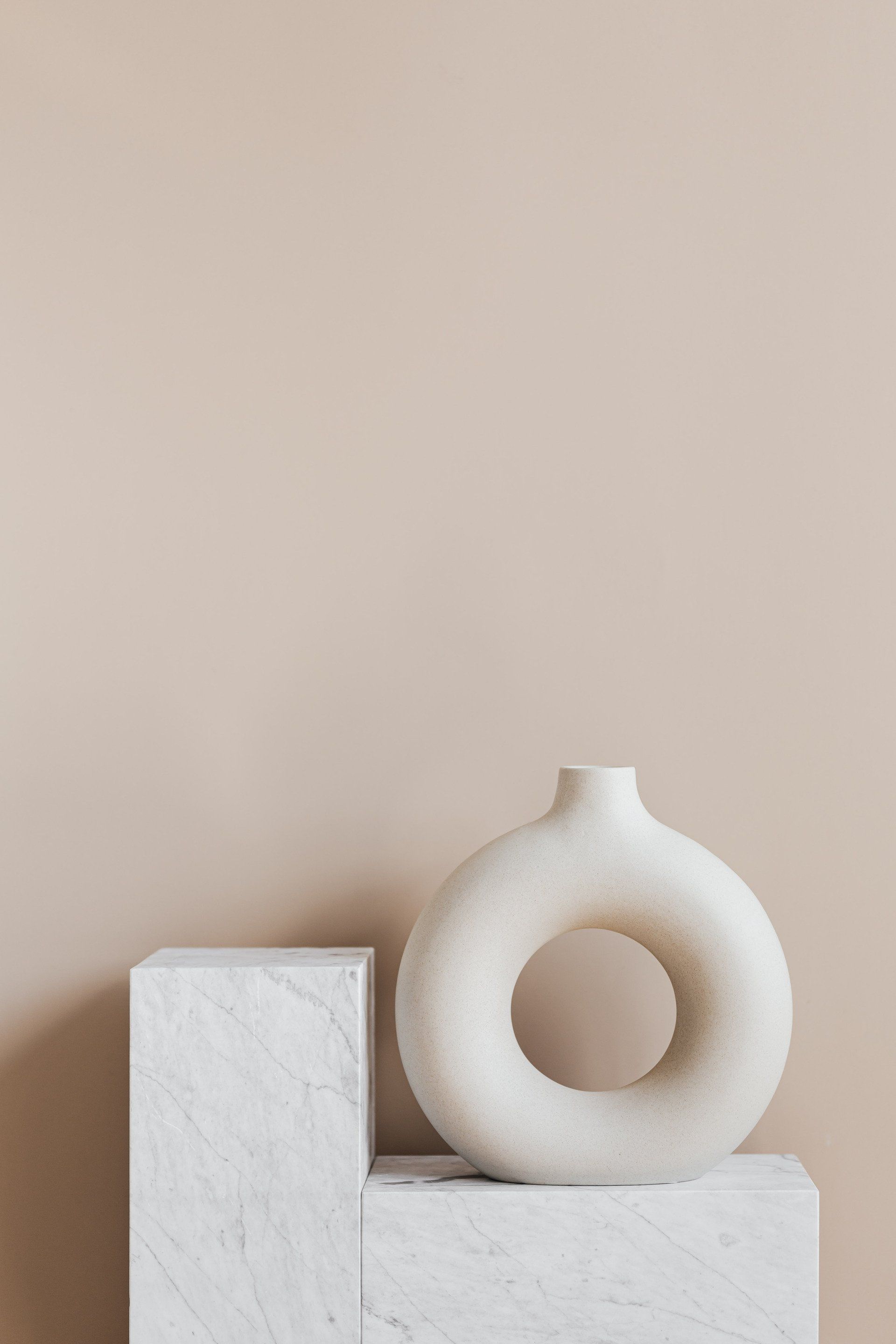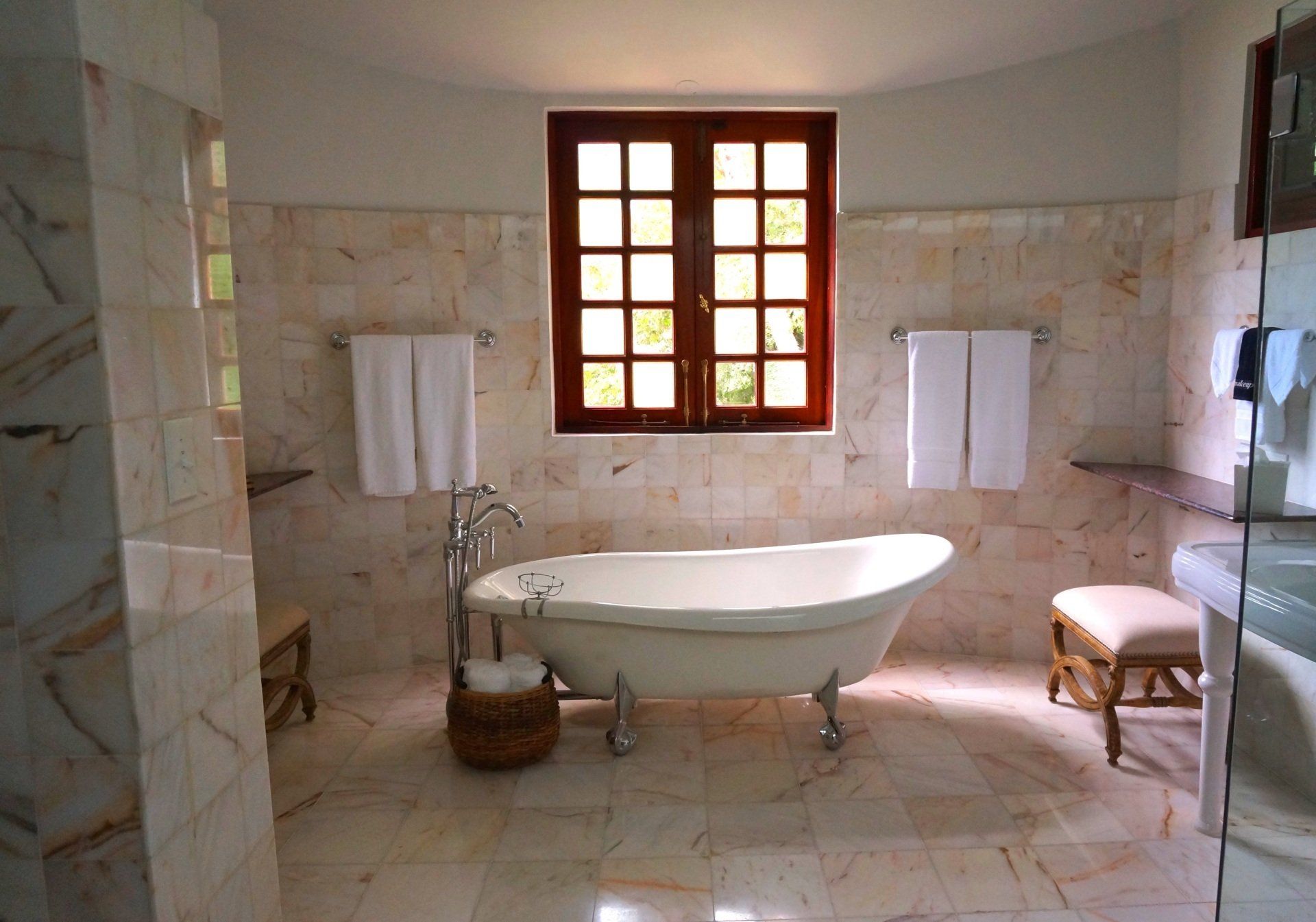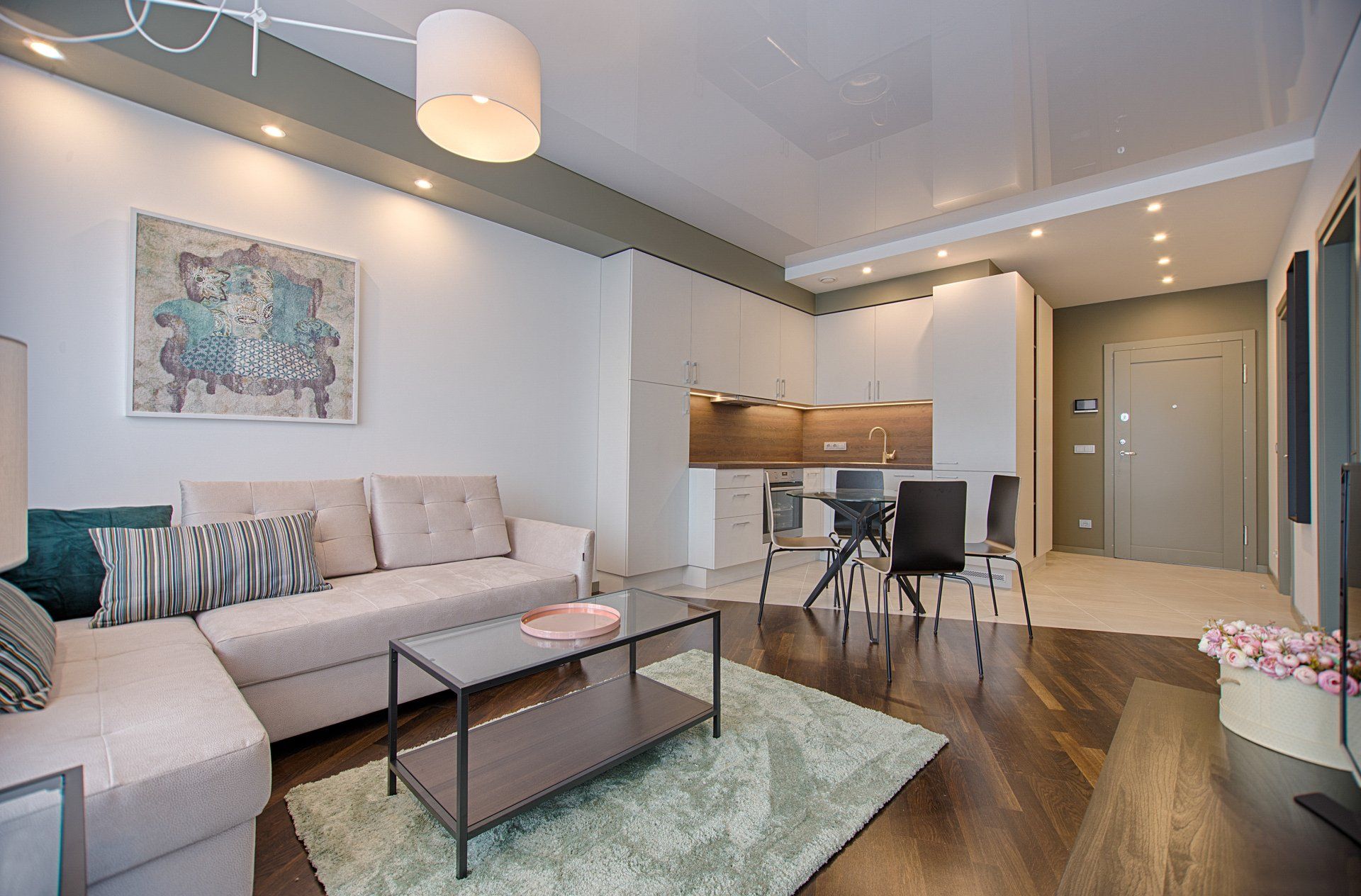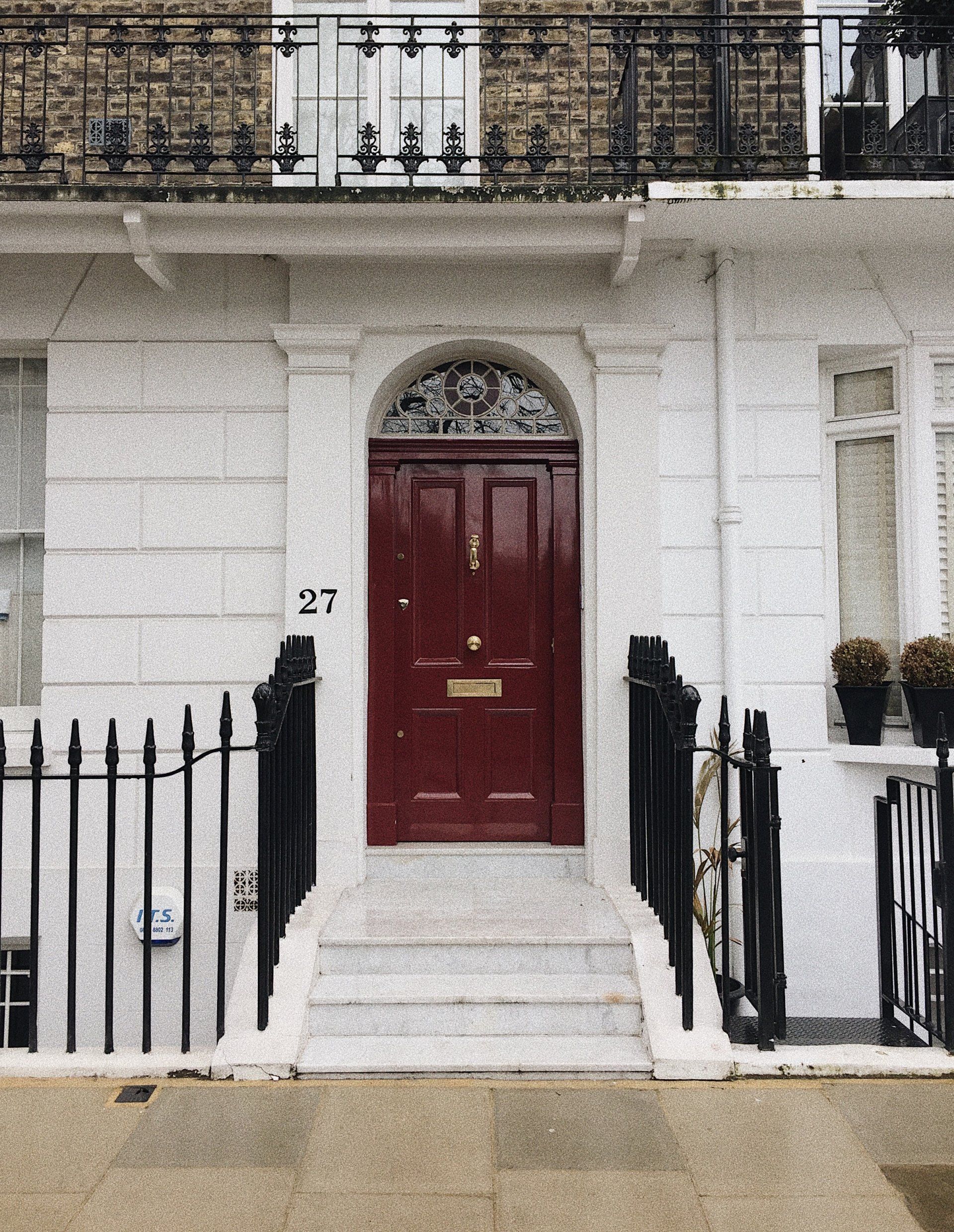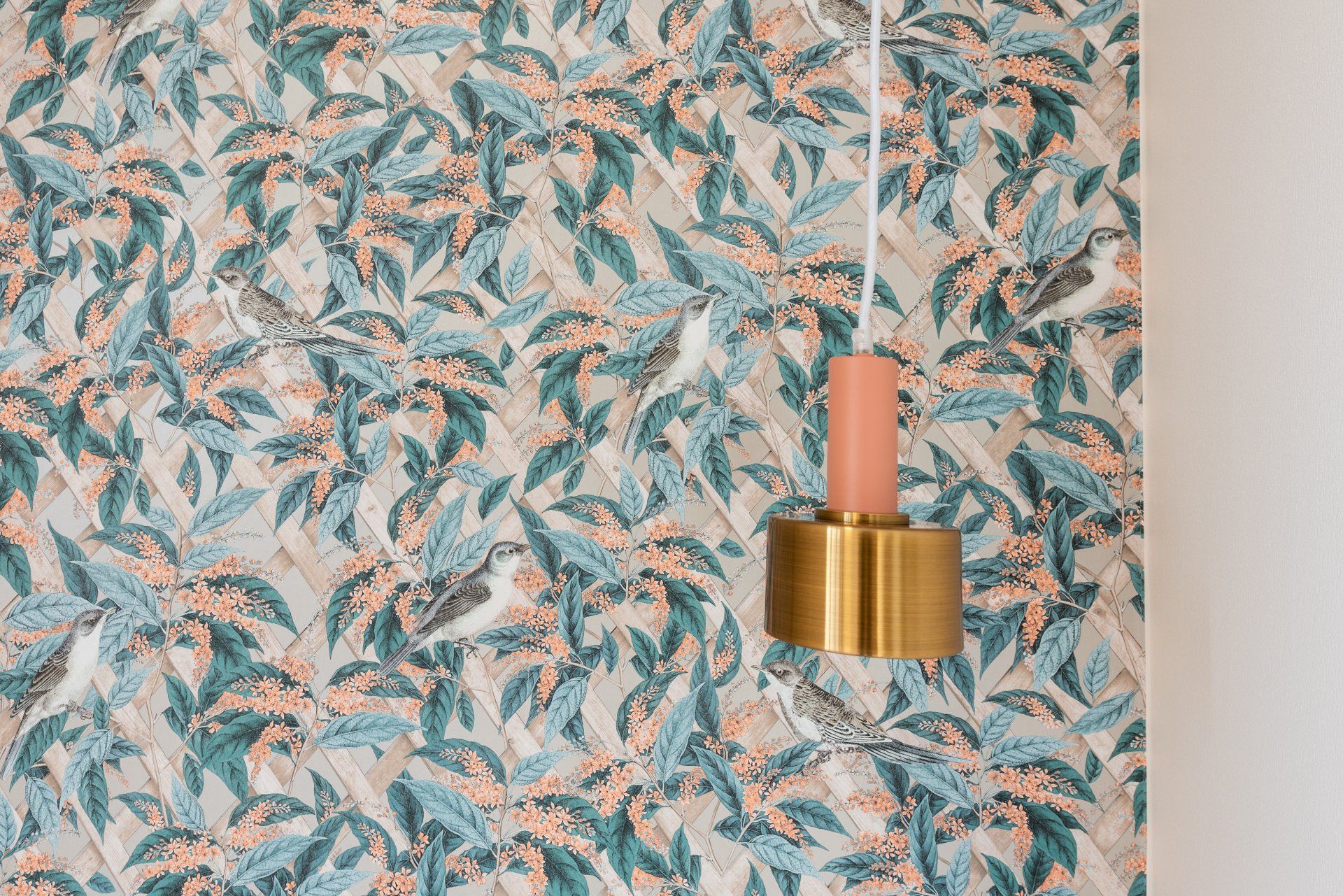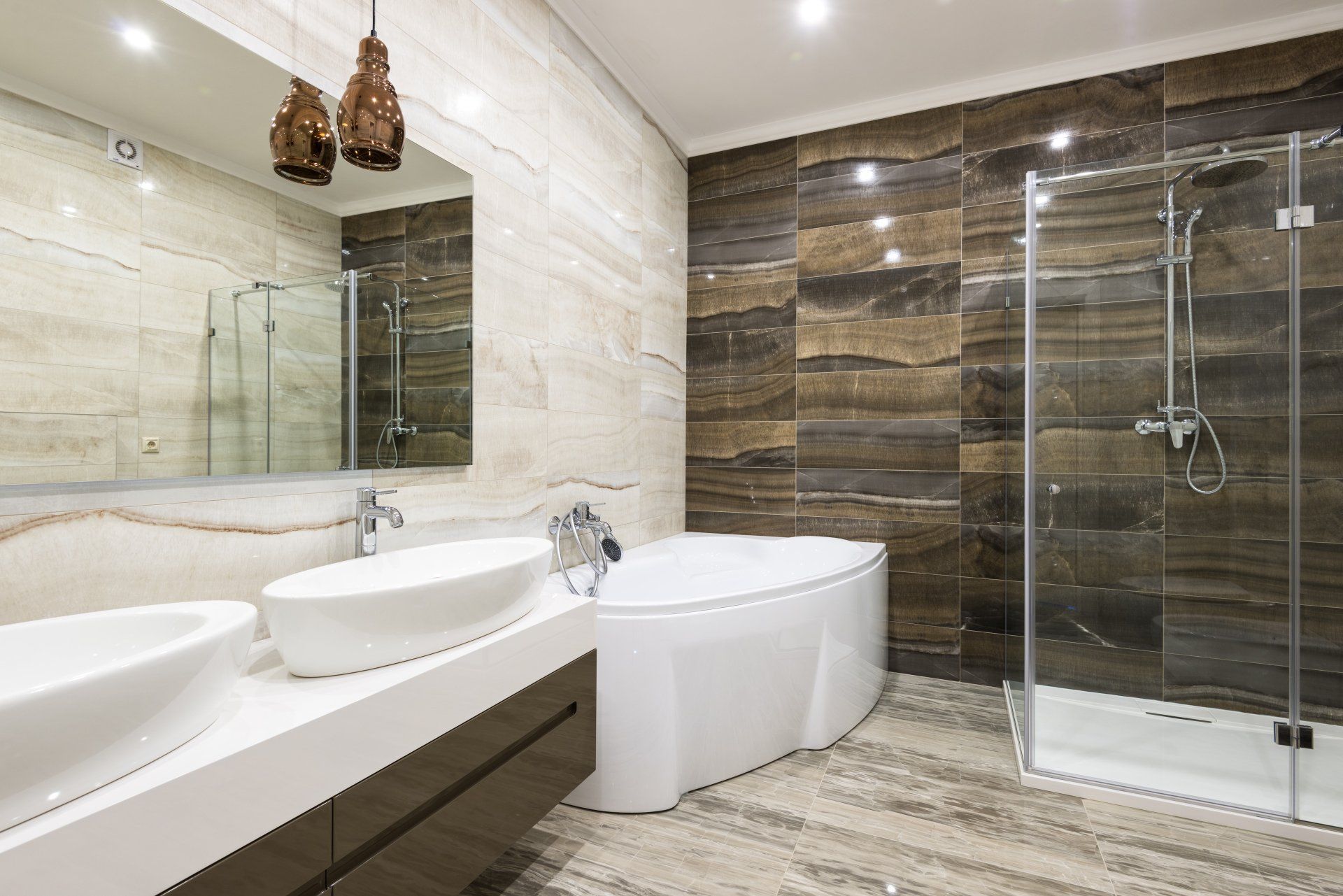What Are Passive Houses? How Are They Sustainable?
What Are Passive Houses? How Are They Sustainable?
A majority of real estate developers construct homes and structures which are inexpensive and visually attractive.
Instead of considering sustainability as a priority, these designs use inexpensive materials and designs that lack insulation or temperature control.
Because of this, tenants and residents require heating and air conditioning to stay comfortable throughout the majority of the time. The conditioned air is always being pushed out through the thin walls, which means that heaters and air conditioners must remain on at all times in order to function. These appliances consume huge quantities of energy and are bad for the environment.
How Does Passive House Work?
A well-designed passive house will reduce air conditioning and heating consumption by up to 90%, according to the Public Health Institute. The organization focuses on five principles:
- Thermal Insulation
- Passive House Windows
- Ventilation Heat Recovery
- Airtightness of the Building
- Absence of Thermal Bridges
PHIUS also advocates five principles, however, with different specifics and in an order that is different. For instance, the PHIUS standard mentions an absence of thermal bridging; however, this is not an actual concept.
These are their fundamentals:
- Employs continuous insulation throughout the entire enclosure without thermal bridges
- The envelope of the building is completely airtight, stopping them from infiltration by outside air and loss of the conditioned air
- Uses windows that are high performance (double or triple-paned windows based on the building's climate) and doors solar gain is controlled so that you can harness the sun's energy to heating during the winter months and reduce overheating in the cooler months.
- Utilizes some type of balancing heat and moisture recuperation ventilation
- It uses a very basic space conditioning system
Here's a quick breakdown of some concepts:
In order for the passive home model to be successful, the house or the building must be sealed with high-quality, sustainable materials, and with limited ventilation. If architects and building managers are able to meet this requirement, what will follow is to put in a system that is sustainable for temperature regulation.
The primary source of heat throughout the world can be found in the sun. This is the reason architects of passive houses incorporate passive solar design. It is which maximizes the amount that the sun can provide during the winter. Designing a passive house can absorb heat radiated by appliances like refrigerators and stoves.
To cool, passive homes depend on the same design to keep the heat at a minimum throughout summer. The sun's angle alters until the structure is constructed to block and disperse solar radiation instead of taking it in. It's also important to remove thermal bridges and pathways, like wall studs, which let cool air out instead of securing it.
Passive House Materials and Features
The PHI website has the "component database," which demonstrates how different aspects are integrated into passive house designs. If you're more of a fascination with passive homes and find that the official list is too long to take in, look over our quick summary of the components and features people prefer to include:
- a tankless water heater that is on-demand
- Heat recovery ventilator [HRV]
- windows that are energy-efficient, typically triple- or double-glazed
- LED lighting like that of Wavelength Lighting offers
- water-conserving plumbing fixtures
- solar hot water system with solar panels
- solar panels
- paint that is free of volatile organic chemicals (VOCs)
- Wood flooring made from reclaimed materials
- Wood fiber insulation boards
- vented rain screen
- Mineral wool or cellulose to make walls
- Trombe walls
- Overhangs and the trellises
GET A FREE QUOTE
Send us your details and we’ll get back to you to schedule a time to talk.
Edmonton Interior Design Quote
